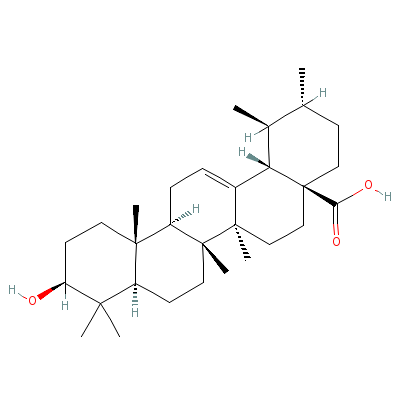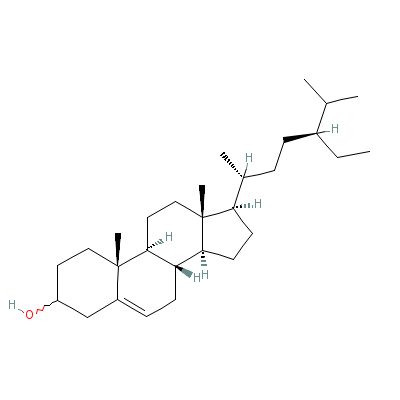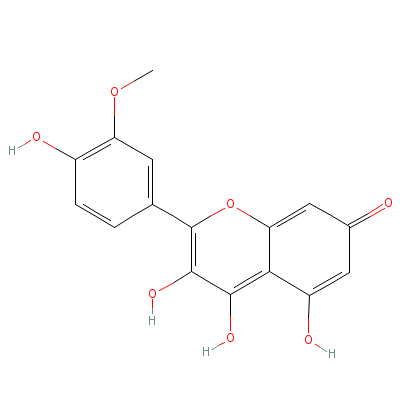Spermacoce hispida (L.) SCHUM. |
| |
|
|
Botanical Name |
: |
Spermacoce hispida (L.) SCHUM. |
English
Name |
: |
Shaggy Buttonweed |
Synonym(s) |
: |
Borreria articularis (L.f.) F.N. Williams, Spermacoce articularis L. f., Borreria hispida (L.) K. Schum. |
Family |
: |
Rubiaceae |
| |
General Info
| Description |
 |
|
A procumbent herb with a stout taproot; stems quadrangular, hirsute, hispid or sub-glabrous, usually with long internodes. Leaves subsessile, 1.3 to 5 cm long and 0.8 to 2 cm wide, oblong or elliptic, apex acute, scabrid, pubescent or nearly glabrous with scabrid or ciliate margins; stipules membranous. Flowers blue, pale mauve or white, 4 to 6 together in a whorl within a stipular cup; bracts lanceolate-subulate, hyaline. Fruits (capsules) 5 mm long, hard usually hairy, ellipsoid, rounded at both ends; seeds 3 to 4 mm long, oblong or ovoid, ventrally grooved, granulate, brown. |
| Herb Effects |
 |
|
Stimulates the central nervous system (seed and plant) and diuretic (plant) |
Chemistry
| Active Ingredients |
 |
|
Borreline, ursolic acid, beta-sitosterol and iso-rhamnetin (plant). |
| Chemistry
of Active Ingredients |
 |
|
|
 |
Name |
CAS# |
IUPAC Name |
Formula |
Structure |
 |
|
| Borreline |
Not Available |
(3-ethenyl-3,5-dimet
hyl-3,4-dihydro-2H-p
yrrol-2-yl)-(1H-indo
l-3-yl)met
hanone |
C17H18N2O |

|
| Ursolic acid |
77-52-1 |
10-hydroxy-1,2,6a,6b
,9,9,12a-heptamethyl
-2,3,4,5,6,6a,7,8,8a
,10,11,12,
13,14b-t
etradecahydro-1H-pic
ene-4a-carboxylic
acid |
C30H48O3 |

|
| beta-Sitosterol |
5779-62-4 |
17-(5-ethyl-6-methyl
-heptan-2-yl)-10,13-
dimethyl-2,3,4,7,8,9
,11,12,14,
15,16,17
-dodecahydro-1H-cycl
openta[a]phenanthren
-3-ol |
C29H50O |

|
| Isorhamnetin |
480-19-3 |
3,4,5-trihydroxy-2-(
4-hydroxy-3-methoxy-
phenyl)-chromen-7-on
e |
C16H12O7 |

|
|
Pharmacology
| Medicinal Use |
 |
|
A decoction of the herb is used to relieve headache and that of the roots is used as a mouthwash to relieve toothache and as an alterative. An extract of the leaves is given as an astringent for haemorrhoids and gallstones. The seeds have demulcent properties and are used to treat diarrhoea and dysentery. They are stimulant and sometimes used as substitute for coffee. |
| Reference |
 |
|
 Chandel et al., Biodiversity in Medicinal and Aromatic Plants in India. Chandel et al., Biodiversity in Medicinal and Aromatic Plants in India.
|
Dealers
Products
|
|